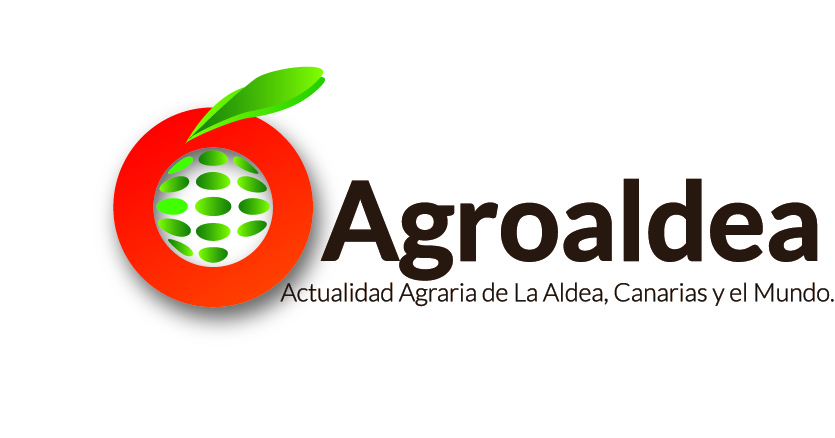 The biggest challenge will be to produce food for the 9,6 one billion people that the FAO predicts inhabit the planet for the 2050.
The biggest challenge will be to produce food for the 9,6 one billion people that the FAO predicts inhabit the planet for the 2050.
Food production must increase at a 70%, and it must be accomplished despite the shortage of available farmland and the growing need for fresh water (Agriculture consumes the 70% the supply of fresh water in the world), and other less predictable factors, as the impact of climate change, According to a recent report of the UN, It could lead, among other things, to changes in plant and animal life cycles.
A way to address these problems and to increase the quality and quantity of agricultural production, is to use the sensor technology to make more "intelligent fields"and more connected through the call"precision agriculture”, also known as"Intelligent agriculture”.
It is something that is happening at the time that corporations and institutions gather vast amounts of information about crop yields, soil mapping, applications of fertilizers, climate information, machinery, and animal health. For example, in the area of the Precision farming (GP), sensors are used for the monitoring and early detection of events of reproduction and animal health.
The most common parameters of monitoring body temperature are, animal activity, tissue resistivity, Pulse, and the location using GPS. You can send alerts via SMS based on predefined events, for example, If a cow is ready to play.
The European Union has sponsored several projects during the Seventh Framework Programme and now during Horizon 2020. The project currently underway in the EU about GP, for example, It is designed to evaluate the feasibility of carry proven, cost-effective precision farming tools from the laboratory to the farm.
Several private companies are also beginning to be active in this field. Some like Anemon (Switzerland), eCow (United Kingdom), Connected Cow (Germany). Smart fishing is also in its early stages with some projects in Europe, South Korea, North America, and Japan.
"Precision agriculture is not new. Agricultural vehicle manufacturers (John Deere, CNH Global, Class and others) they have been involved in this segment for a long. Initially, they started mainly with position technologies (GNSS)”, designates Saverio Romeo, principal analyst of Beecham Research.
Romeo is the co-author of a report called"Towards intelligent agriculture - the adoption of Agriculture of IoT vision"published in January by Beecham, focused on exploring how the agricultural operations are changing through the IoT ('The Internet of things').
The objective of the agricultural sector is optimise processes using resources and through the efficient use of arable land. The IoT can make all that possible, You can increase the production, and also the level of quality of agriculture.
"I'd like to point out the fact", says Romeo, "that the aim should not be 'industrialized' agriculture, but make more efficient agriculture, sustainable and high-quality. We should not seek speed. We must seek a reinterpretation of the agricultural practices through the use of information management technologies. And this reinterpretation should take place next to a new vision for rural areas".
This means that Smart rural areas they should be connected to the smart agribusiness, with the intelligent tourism and other activities that take place in rural areas around agriculture.
Although the cost of intelligent agriculture is high, Yet even for large operations (This helps to explain, in any case, the what us with its vast territories, It is at the forefront of this new paradigm), This It does not mean that precision farming can not be implemented in smaller places. In fact, There are several applications for small-scale agriculture. In vineyards for example, "there are sensors installed in multiple locations in the field, to collect data on soil and plants, then be used in the prevention of diseases as the peronospera", says Romeo.
However, Intelligent agriculture has yet to overcome major obstacles until you can extend more. "One is that the agricultural sector are marginalized very little. So the investment and innovation is difficult", ensure researchers. Then is also what might be called the 'image problem', that is causing a hemorrhage of labor. "Being a farmer is not 'cool', because agriculture is perceived as something that belongs to history, grandparents', says Romeo.
There are also a number of problems on the role of giant companies like DuPont, John Deere and Monsanto, you raise questions: for example, the possession of information. Who is the owner of the data collected from the soil? Monsanto or the farmer? And if it is Monsanto (or any other company), What does with that data?.
A response could be price discrimination: data from soil or water can be used by biotech giants to charge farmers a different amount for the same product or service.
The real-time information access on crops, planting and yields, It could also help corporations predict the value of the land better than any other, and having a much more finished idea on the market of commodities.
Another problem that could delay the adoption of the IoT in agriculture, is the problem of communication with farmers, those who usually do not understand technicalities. "If we say that you can do this and this one with the IoT", they will not understand. The language of the IoT industry must change drastically”, says Romeo, "here if we need a revolution".
However, analysts are optimistic and believe that in the end these and other barriers will be overcome.
"It will take some time because the agriculture", In addition, It does not have the same pace as other sectors due to its nature. But, We'll be there, because we need it. And let me say this: Agriculture will be cool".

